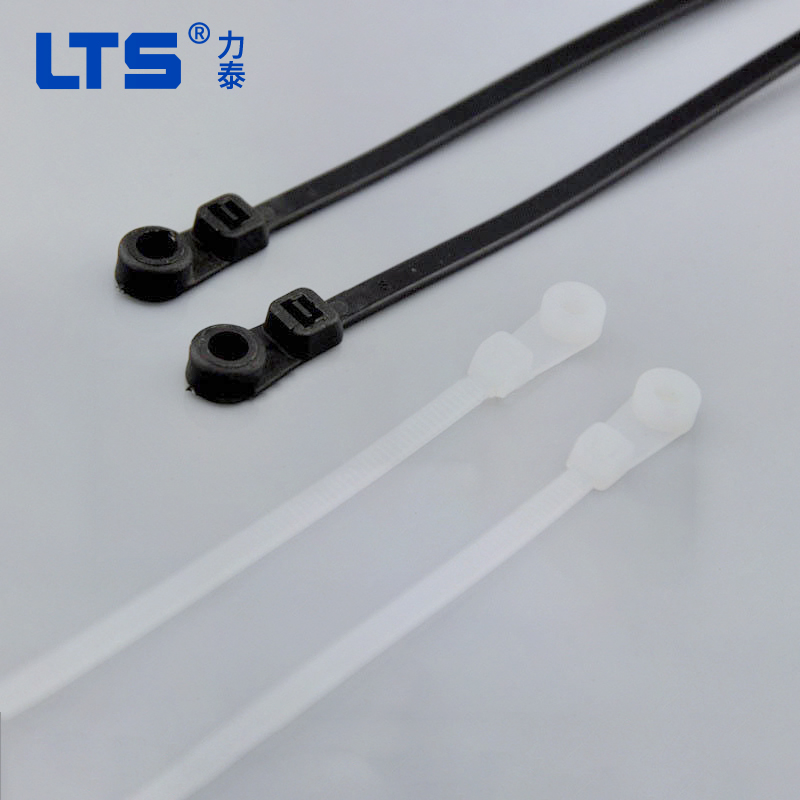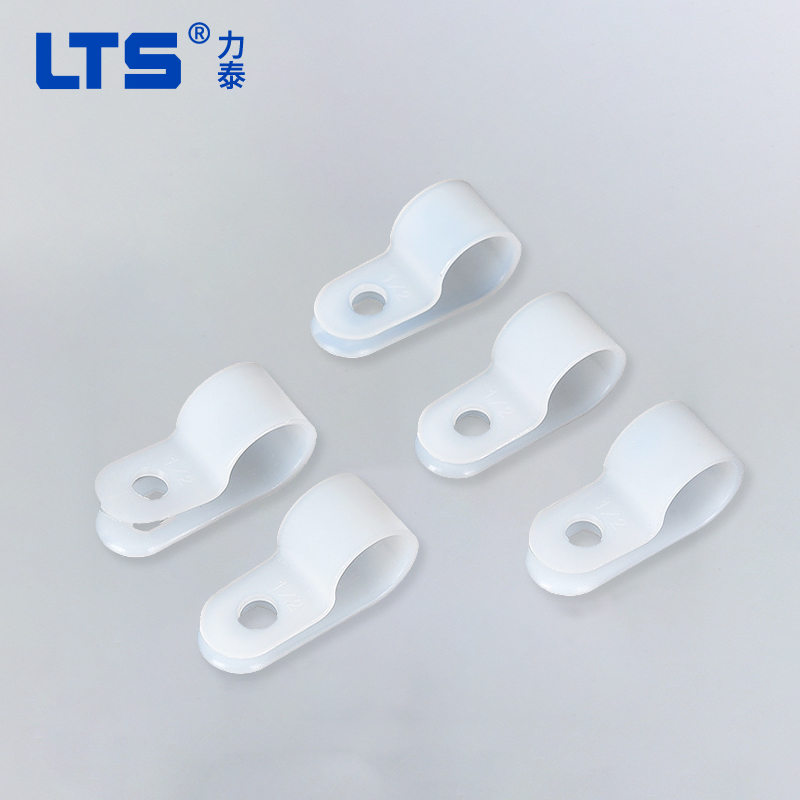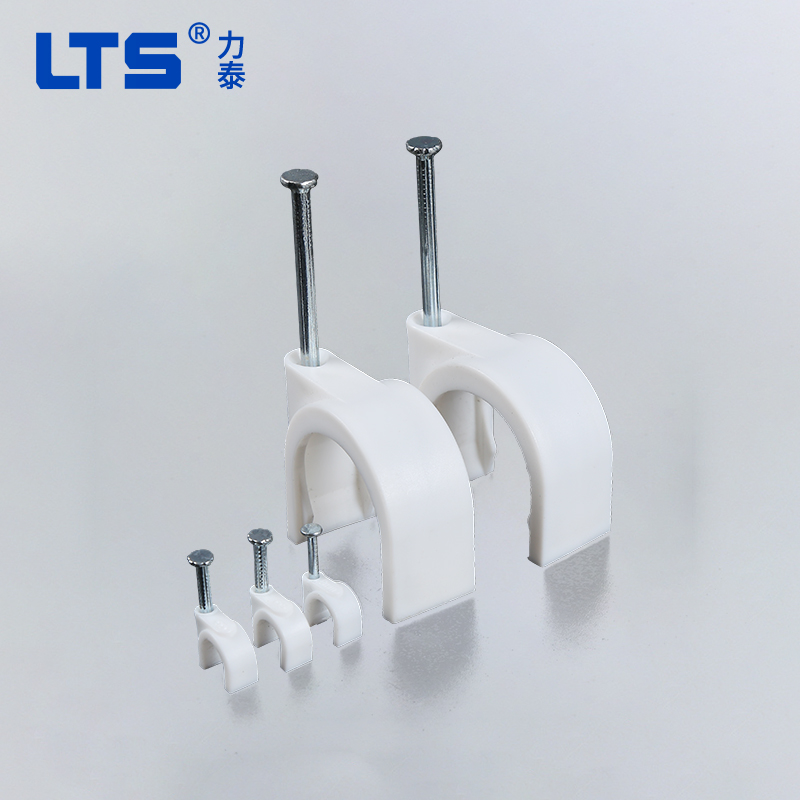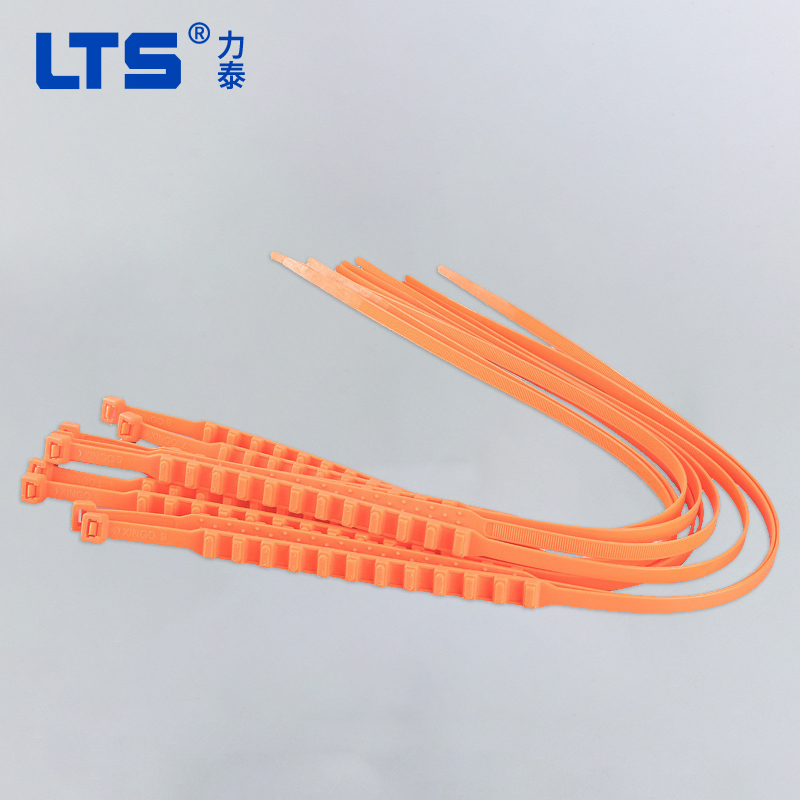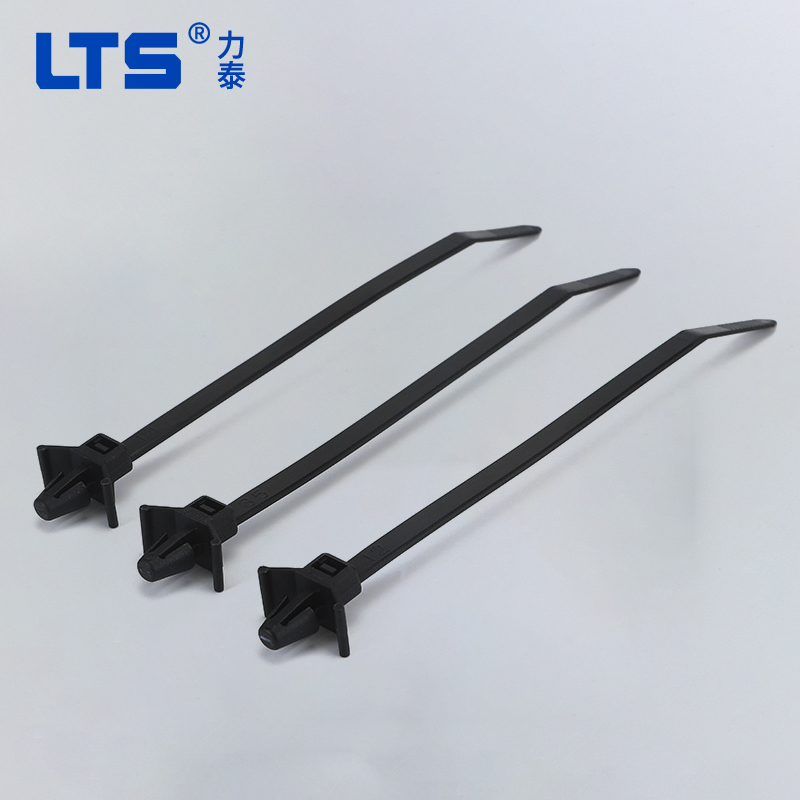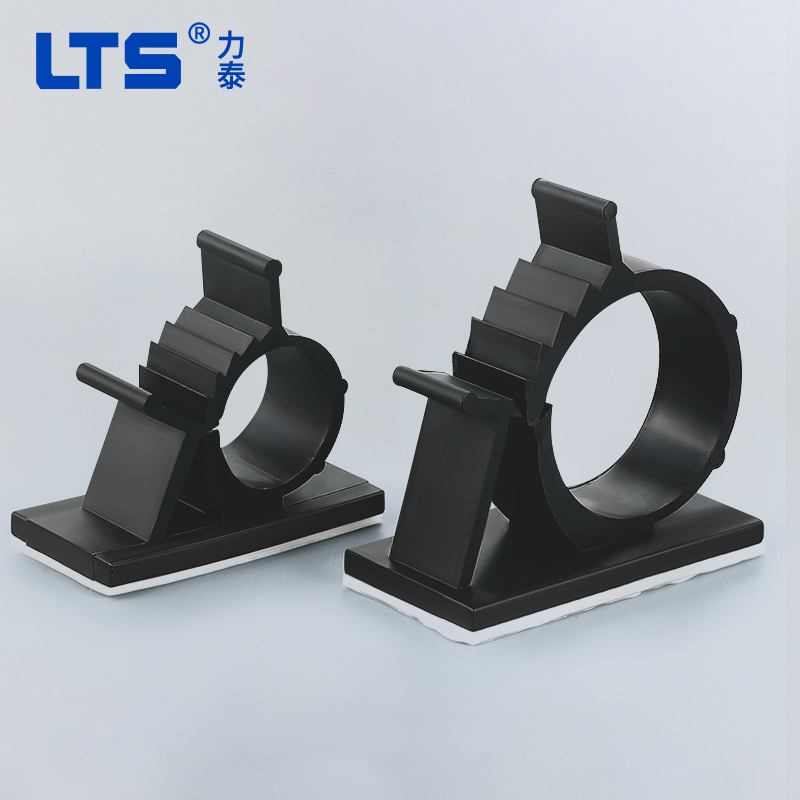What is the difference between nylon 6 and nylon 66?
There are many varieties of nylon, such as nylon 6, nylon 66, nylon 610, nylon 1010, etc. Their molecular main chains are connected by amide bonds, so they are collectively referred to as polyamide fibers. The fiber developed by the American company DUPONT in the 1930s was named nylon. This type of early appearing polyamide fiber is nylon 66. In China, this type of fiber is called cotton fiber because it is produced by Mianxi Chemical Plant in the domestic life insurance industry. At that time, the production was of polyamide fiber, which belongs to nylon 6. Nylon 6 and nylon 66 are two widely used varieties in China.
The biggest advantage of nylon compared to polyester is its high moisture absorption rate, which is about 8 times that of polyester. The wear resistance of its single fiber is about four times that of polyester. The properties of nylon 6 and nylon 66 are generally similar, but there are also differences, such as the softening point of nylon 6 being 180 ℃, while nylon 66 is 230-235 ℃. Nylon 6 has a zero strength temperature of 195 ℃, while nylon 66 has a temperature of 240 ℃. In terms of production process, the dyes used in both are the same, but there are slight differences in qualitative temperature. For example, the qualitative temperature for nylon 6 machine is 127 ℃, and the qualitative temperature for baking is 190 ℃. And nylon 66 is at 130 ℃ and 220 ℃ respectively. The temperature limit used in production is 95 ℃ for nylon 6 and 130 ℃ for nylon 66. In terms of usage, nylon 6 is mainly used for socks, while nylon 66 is mainly used as a fabric for windbreakers, umbrella covers, etc.
The difference between nylon 6 and nylon 66
Below are some differences in characteristics between nylon 6 and nylon 66:
Nylon, also known as nylon, is a type of polyamide fiber that can be made into long and short fibers. The emergence of nylon has further advanced the use of textile materials, and it is also a major breakthrough in the synthetic fiber industry. At present, nylon can be divided into nylon 11, nylon 12, nylon 66, nylon 6, etc. Do you know the difference between nylon 66 and nylon 6?
I: Structure
Nylon 66 is chemically called polyhexamethylenediamine, while nylon 6 is called polycaprolactam. Overall, the hardness of nylon 66 is 12% higher than that of nylon 6, and the higher the hardness, the more brittle its fibers are, making it more prone to breakage.
II: Melting point and elasticity
The melting point of nylon 66 is 260 degrees, while the melting point of nylon 6 is 220 degrees, which results in nylon 6 having better resilience, fatigue resistance, and thermal stability.
III: Cleanliness and Anti fouling
The interface shape of the fibers and the effective anti fouling treatment affect the performance of these two types of fibers. The hardness and strength of the fibers themselves have little effect on cleaning and anti fouling.
IV: Color fastness
Generally, color fastness is not a characteristic of nylon itself, but rather the heavy dyeing of nylon and its fading under light.
V: Wear resistance and dust resistance
Nylon 66 and nylon 6 have better color retention and pile wear resistance than DuPont, and there is no significant difference in dust resistance between these two types of yarns.
What is the difference between nylon 6 and nylon 66?
22-04-24


